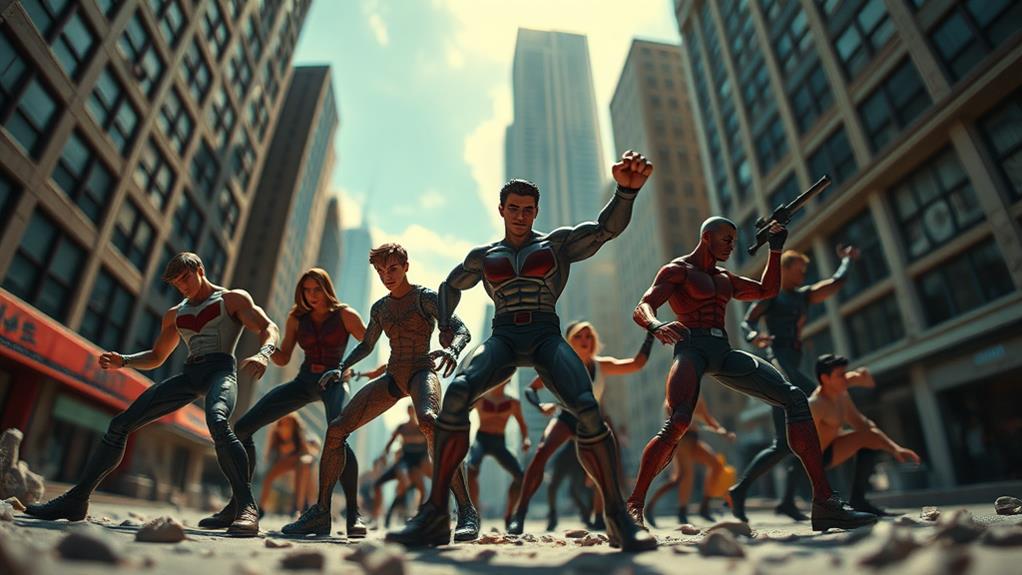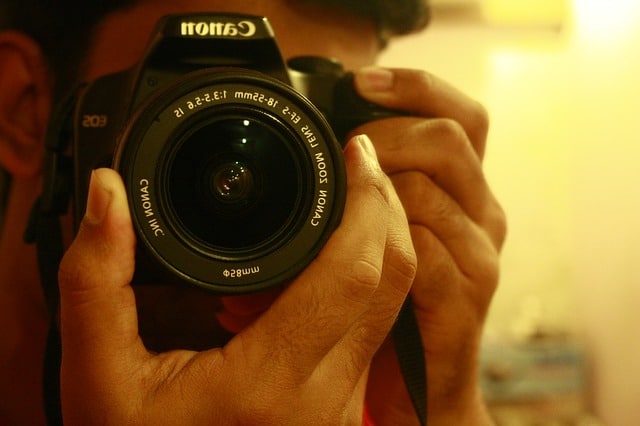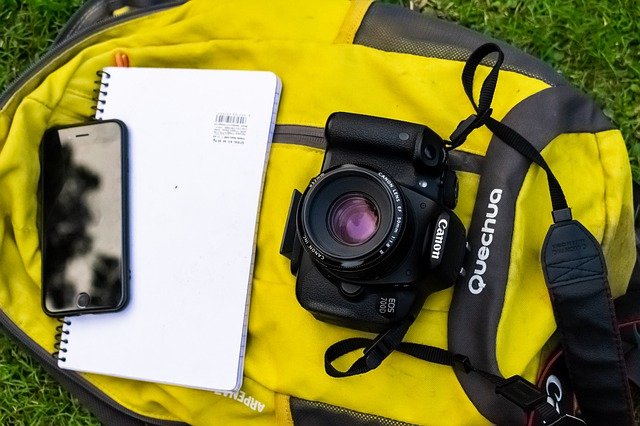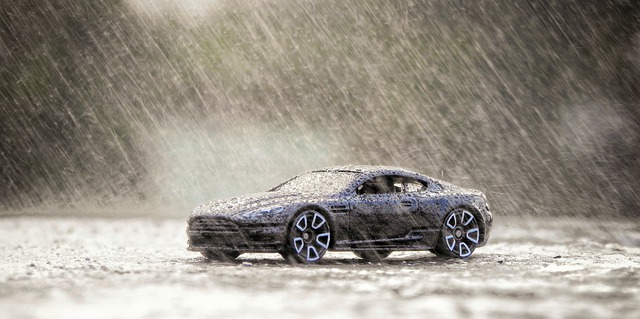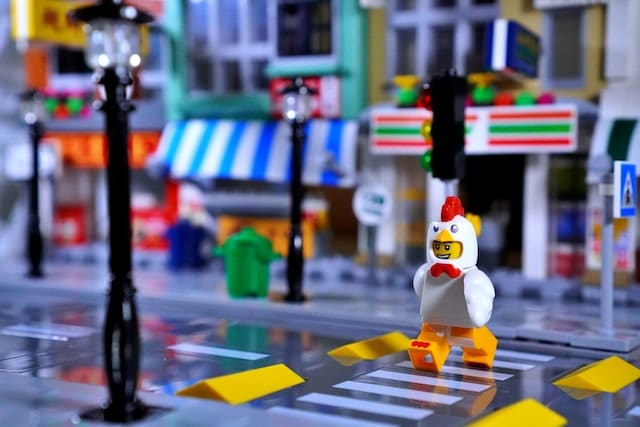Capture your action figures in new, exciting ways by experimenting with seven unique angles. Start with low perspective shots to make your figures look heroic. Try overhead viewpoints for a fresh take on scene composition. Use dynamic tilt angles to infuse energy and drama. Get close-up to highlight intricate details and craftsmanship. Explore silhouette techniques for a mysterious vibe. Introduce reflected imagery for added depth and dimension. Finally, create visual magic with forced perspective to alter scale perception. Each angle offers a unique storytelling element, giving you creative control and endless possibilities to explore next. Incorporating motion blur techniques for photography can add an exhilarating sense of movement to your action shots, making your figures appear alive in their dynamic poses. This technique can be especially effective when capturing scenes of action or conflict, as it conveys a sense of speed and urgency. Remember to play with lighting and backgrounds to further enhance each angle, elevating your storytelling and making your images even more captivating.
Low Perspective Shots
Capturing action figures from a low perspective can add a dramatic flair and make them appear larger than life. When you shoot from below, the figure dominates the frame, creating an impressive and powerful image. This angle emphasizes the character's stature, making them seem heroic and commanding. It's a great technique for showcasing details like armor or intricate costumes, as it draws the viewer's eye upward, highlighting these features.
To achieve this effect, get down to the figure's level. Use a tripod or place your camera on a stable surface to guarantee crisp shots. Experiment with different focal lengths to see how they affect the composition. A wide-angle lens can exaggerate size and depth, while a macro lens focuses on fine details. Pay attention to the background, too—a simple, uncluttered backdrop can make the figure stand out more.
Lighting is essential. Use natural light or a softbox to avoid harsh shadows. You might also want to incorporate diffused lighting to create a more even tone across the figure. By mastering these techniques, you'll elevate your action figure photography to new heights, capturing their essence in a powerful way.
Overhead Viewpoints
Exploring overhead viewpoints can bring a fresh perspective to your action figure photography. When you capture scenes from above, you present a unique vantage point that highlights the layout and composition of your setup. This angle allows you to showcase details that might be overlooked from other perspectives, like the intricate design of the action figures and their positioning within the scene.
To start, position your camera directly above the figures, guaranteeing there's enough light to illuminate the entire scene. Natural light or a softbox can help prevent harsh shadows that might obscure details. Try experimenting with different heights to see how the distance affects the composition. A higher angle might capture the whole scene, while a closer shot can emphasize specific elements or interactions between figures.
Consider the background and props in your scene. An overhead shot can make backgrounds more prominent, so verify they complement your figures. Textured or patterned surfaces can add depth and interest. You might also want to incorporate elements like foliage or cityscapes to create dynamic storytelling. With overhead viewpoints, you can transform a simple setup into an engaging narrative from an entirely new angle.
Dynamic Tilt Angles
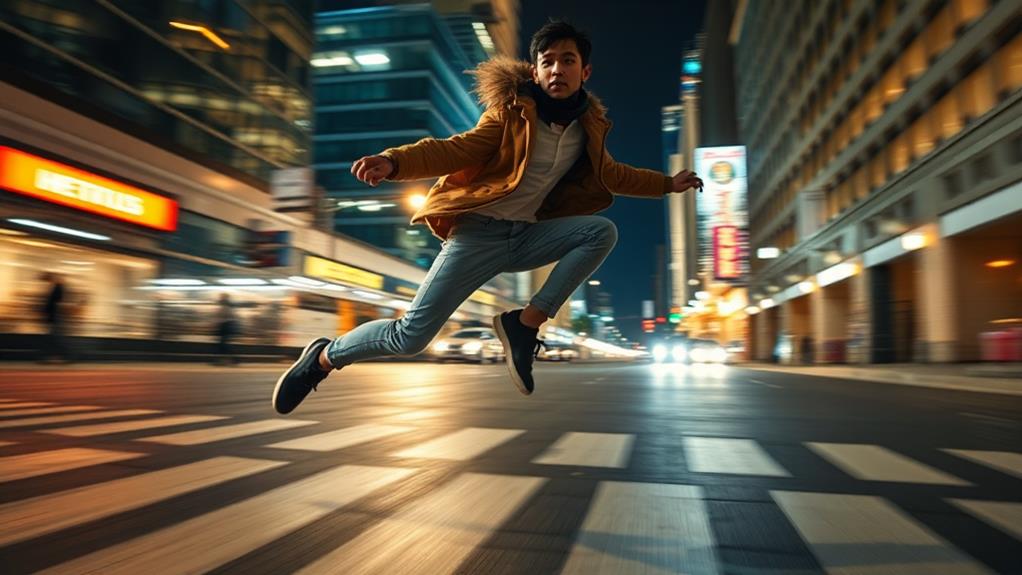
Tilt your camera to inject energy and excitement into your action figure photography with dynamic tilt angles. By angling your camera, you can create a sense of movement and drama that draws viewers into the scene. This technique, often called the "Dutch angle" or "canted angle," can make static poses appear more dynamic and lively. It's perfect for action shots—like a superhero leaping into the fray or a villain plotting their next move.
To achieve this effect, start by slightly rotating your camera left or right. Experiment with different degrees of tilt to see how it changes the mood of your photo. A subtle tilt might suggest a character's instability or internal conflict, while a more pronounced angle can make the scene feel chaotic or intense. Be mindful of your background, as tilting can introduce unwanted distractions if not carefully composed.
Dynamic tilt angles also work well when photographing multiple figures, as they can add depth and interest to group shots. By breaking the horizontal and vertical lines, you create a more engaging and visually striking composition. Use this technique to bring your action figures to life and captivate your audience.
Close-Up Details
When you focus on close-up details in action figure photography, you reveal the intricate craftsmanship and textures that might otherwise go unnoticed. Capturing these fine points can transform a simple figure into a striking piece of art. You'll want to pay attention to the subtle nuances that make each figure unique, from the weave of a fabric cape to the intricate lines on a helmet. Close-ups allow you to create dramatic, compelling shots that draw viewers into your miniature world.
To effectively capture these details, consider the following:
- Lighting: Use soft lighting to avoid harsh shadows that can obscure details. Natural light or diffused artificial light works well to highlight textures without overpowering them.
- Lens Choice: A macro lens is ideal for close-up photography, allowing you to capture fine details with precision. If you don't have a macro lens, a standard lens with a close focusing distance can still achieve impressive results.
- Camera Settings: Use a small aperture (large f-number) to guarantee a wide depth of field, keeping more of the figure in focus.
- Steady Shots: Use a tripod to prevent camera shake, guaranteeing sharp, detailed images of those intricate features.
Silhouette Techniques
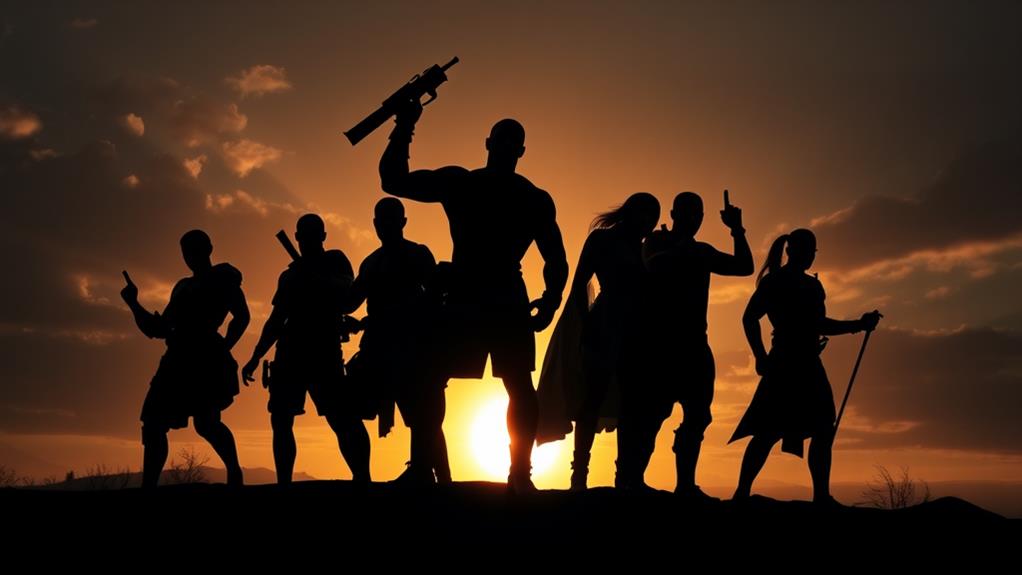
Silhouette techniques in action figure photography can add a layer of mystery and drama to your shots. By focusing on the outline of your figures, you create a mesmerizing image that leaves much to the viewer's imagination. To get started, place your figure against a bright background—sunsets or a plain white backdrop work well. You'll want the light source behind your subject, ensuring the figure itself is underexposed, creating that iconic silhouette effect.
Adjust your camera settings to emphasize the contrast between the light and dark areas. Lower the exposure to enhance the shadows and highlight the figure's outline. You can experiment with different angles to see which one best captures the character's distinct shape. Don't forget to pay attention to the pose; it should be dynamic and showcase the action figure's personality.
Consider the storytelling aspect. A silhouette can convey emotion and narrative without revealing every detail. Perhaps your figure is striking a heroic pose against a sunset, or maybe it's crouched, suggesting a stealthy moment. Silhouettes encourage viewers to fill in the gaps, pulling them deeper into the imagined world you've created with your action figures.
Reflected Imagery
While silhouettes offer mystery, reflected imagery introduces a sense of depth and dimension to your action figure photography. By incorporating reflections, you can create stunning visuals that captivate your audience. Begin by selecting reflective surfaces like mirrors, water, or glass. These surfaces add an element of surprise and intrigue, turning simple figures into dynamic subjects.
To nail the perfect shot, follow these steps:
- Choose the Right Surface: Consider the mood you want to convey. For a dramatic effect, use dark, glossy surfaces. For a lighter, whimsical feel, opt for water or frosted glass.
- Position Your Figure: Experiment with angles and distances. Placing the figure closer to the reflective surface can enhance the reflection, while a slight tilt can introduce an interesting asymmetry.
- Control the Lighting: Lighting is essential. Soft, diffused lighting reduces harsh shadows and highlights the reflection, making it more pronounced. Natural light from a window or a softbox can work wonders.
- Frame Your Shot: Decide if the reflection should be the focal point or a complementary element. Sometimes, capturing just a portion of the reflection can create a more compelling image.
Forced Perspective Magic
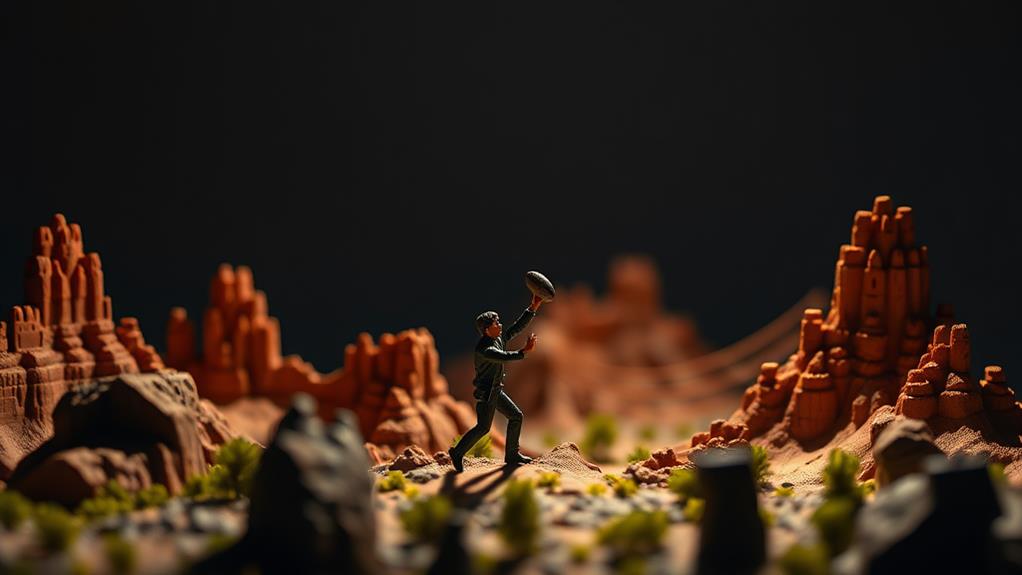
Imagine transforming your action figures into giants or shrinking them into tiny adventurers—this is the magic of forced perspective. By manipulating angles and distances, you can create illusions that defy reality. All it takes is a bit of planning and creativity. Start by positioning your action figure in the foreground, closer to the camera, while placing a background object further away. This setup makes your figure appear larger than life, towering over the surroundings.
To achieve the opposite effect, place your figure further from the camera and a larger object closer. Suddenly, your figure seems to commence on a miniature quest. Experiment with distances and angles to discover what works best for your scene. Lighting also plays a significant role; soft shadows can enhance the illusion by adding depth.
Pay attention to your camera settings, too. A smaller aperture (higher f-stop) increases the depth of field, keeping both foreground and background in focus, which is essential for successful forced perspective shots. With practice, you'll master the art of creating striking images that captivate and surprise viewers, transforming your action figures into the heroes of their own epic narratives.
Frequently Asked Questions
How Can Lighting Enhance the Unique Angles in Action Figure Photography?
You can enhance your photography by using lighting to create depth and shadows. Play with angles and intensity to highlight details and textures, making your subjects pop. Experiment with backlighting or side lighting for dramatic effects.
What Equipment Is Essential for Capturing Unique Angles in Action Figure Photography?
You need a tripod for stability, a macro lens for close-ups, and a reflective surface for creative angles. Use your smartphone or camera with a flexible arm to explore dynamic perspectives that enhance your action figure shots.
Are There Any Post-Processing Tips for Enhancing Unique Angle Shots?
Did you know 90% of great photos require editing? Use tools like Lightroom to adjust angles and enhance colors. Play with contrast and shadows to make your shots pop. It's all about making those unique angles stand out.
How Can Backgrounds Complement or Contrast With Unique Angle Photography?
When choosing backgrounds, you can enhance your photo by selecting elements that either complement or provide contrast. Use colors and textures to create balance or drama, highlighting your subject's uniqueness. Experiment to discover what works best.
What Are Common Mistakes to Avoid When Experimenting With Unique Angles?
Imagine capturing a dynamic shot, but the angle's too extreme, losing detail. Avoid cluttered backgrounds that steal focus. Guarantee lighting highlights the subject, not shadows. Don't let your creative vision get lost in poor composition choices.
At a Glance
Think of action figure photography as a journey through a miniature domain. Each unique angle becomes a magical path. From the low perspective, you're a traveler in a giant's world. Overhead, you're a bird soaring high. Dynamic tilts bring the thrill of adventure, while close-ups reveal hidden treasures. Silhouettes cast shadows of mystery, reflections mirror untold stories, and forced perspectives transform the ordinary into extraordinary. Embrace each angle and let creativity be your guide through this enchanting domain.

